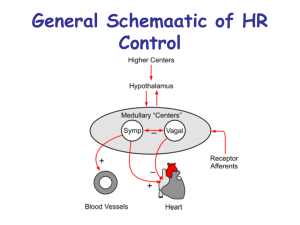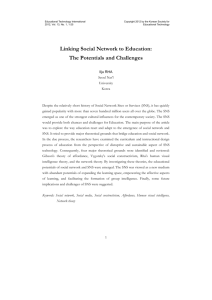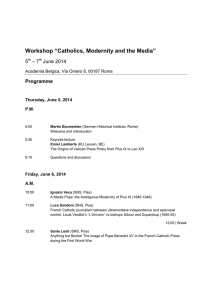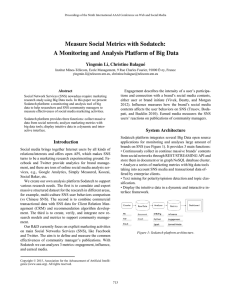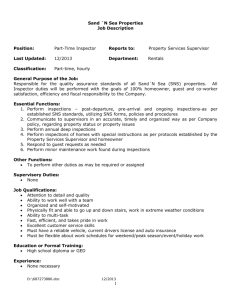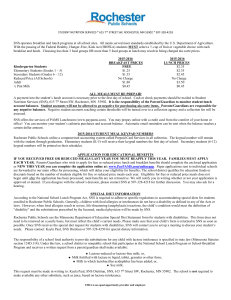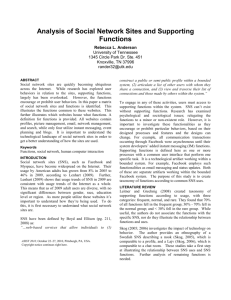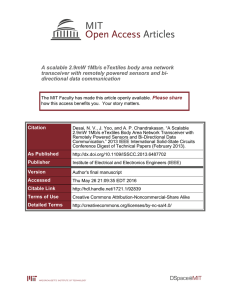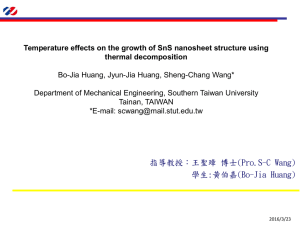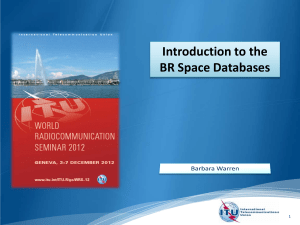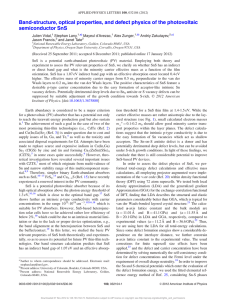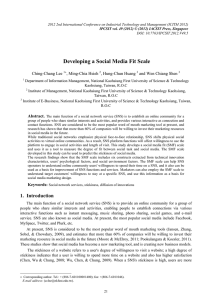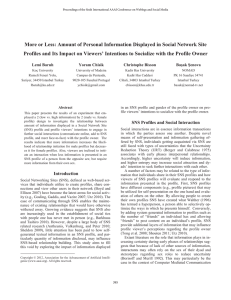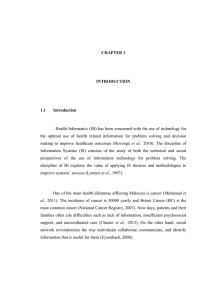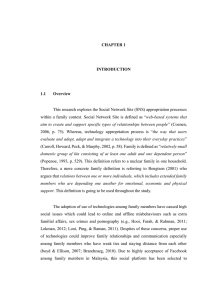test 2 practice answers
advertisement
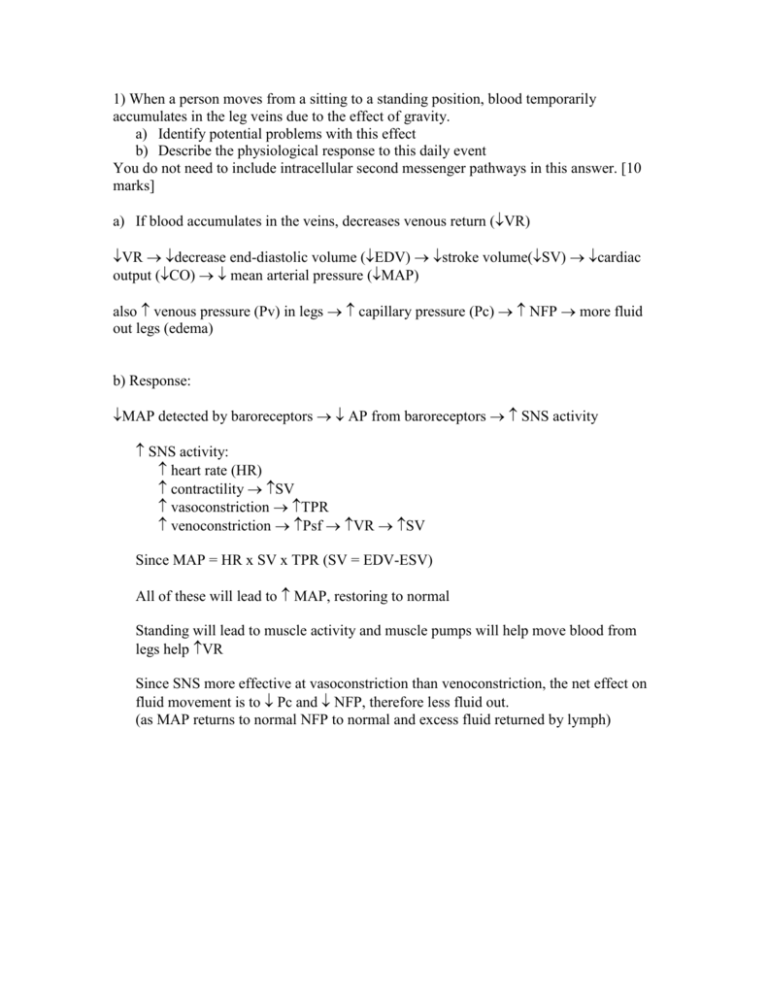
1) When a person moves from a sitting to a standing position, blood temporarily accumulates in the leg veins due to the effect of gravity. a) Identify potential problems with this effect b) Describe the physiological response to this daily event You do not need to include intracellular second messenger pathways in this answer. [10 marks] a) If blood accumulates in the veins, decreases venous return (VR) VR decrease end-diastolic volume (EDV) stroke volume(SV) cardiac output (CO) mean arterial pressure (MAP) also venous pressure (Pv) in legs capillary pressure (Pc) NFP more fluid out legs (edema) b) Response: MAP detected by baroreceptors AP from baroreceptors SNS activity SNS activity: heart rate (HR) contractility SV vasoconstriction TPR venoconstriction Psf VR SV Since MAP = HR x SV x TPR (SV = EDV-ESV) All of these will lead to MAP, restoring to normal Standing will lead to muscle activity and muscle pumps will help move blood from legs help VR Since SNS more effective at vasoconstriction than venoconstriction, the net effect on fluid movement is to Pc and NFP, therefore less fluid out. (as MAP returns to normal NFP to normal and excess fluid returned by lymph) Compare and contrast the function of the parasympathetic and sympathetic nervous system in regulation of cardiac heart rate and contractility. Include second messenger pathways where relevant [7 marks] Contractility PNS little role since PNS doesn’t innervate ventricle (or could say slight role in contractility) SNS enhances contracility – acts through receptor to increase cAMP, increase PKA. PKA increase L-type Ca channel (DHP or dihyropyridine receptor) activity, increase rynaodine receptors, and increase calcium pump activity HR HR set by number of open funny sodium channels Number of open channels a function of cAMP SNS increase heart rate – NorEpinephrine (or Epinephrine) acts on receptors activates adenylate cyclase, increases cAMP PNS decrease heart rate – Acethycholine acts on mAchR (muscarininc type Ach) receptors, inhibits adenylate cyclase, decreases cAMP 3) During exercise the muscles require increased blood flow to maintain their function, but SNS activity is greatly increased during physical activity. Explain the mechanism that ensures increased blood flow to the muscles during exercise. Include second messenger pathways where relevant [5 marks] Blood flow a function of resistance Resistance a function of blood vessel radius (inversely proportional to radius4) Vessel radius controlled by and adrenergic receptors causes constriction through DAG/IP3 pathway to increase Ca, leading to smooth muscle contraction causes dilation through cAMP/PKA most vessels have more than so if SNS activity goes up, most vessels contstrict vessels in the skeletal muscles have more than so if SNS is up vessels dilate also increase SNS, leads to increase epinephrine from adrenal medulla, this further dilates since vessels in muscle dilate, resistance goes down and flow goes up 4) Answer 2 of the following: [3 marks each=6] a. The concept of autoregulation implies constant blood flow over a range of pressure. Explain the vascular changes that are necessary for this to happen. b. Why would increased parasympathetic nervous system activity decrease venous return? c. Determine the direction of fluid flow in a capillary bed if there is a reduction in plasma protein concentration. Explain why a) autoregulation indicates flow (Q) is constant. Q = P/Resistance If Q=constant and pressure goes up (or changes or goes down) Then resistance must go the same way (if pressure up, resistance up Q=K) or radius must go opposite way (if pressure is up, the radius gets smallet Q=K) Vessels contract myogenically to decrease radius b) increase PNS HR Cardiac output (CO), since CO=VR, VR c) NFP = (PIC-PIF)-(IC-IF) if plasma protein goes down, IC-IF goes down and NFP goes up. Therefore more fluid moving out of capillary.
